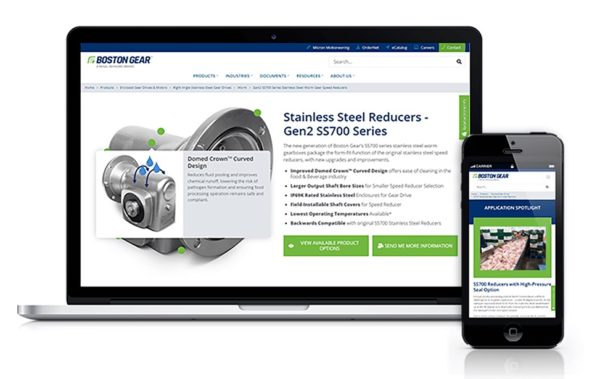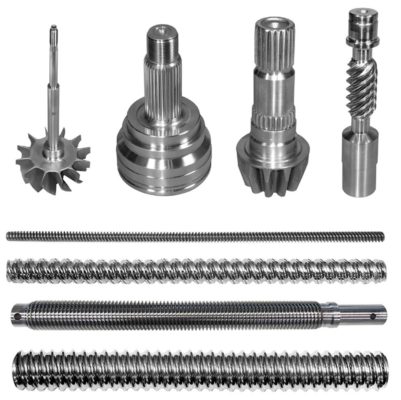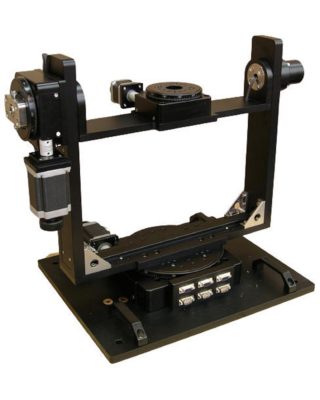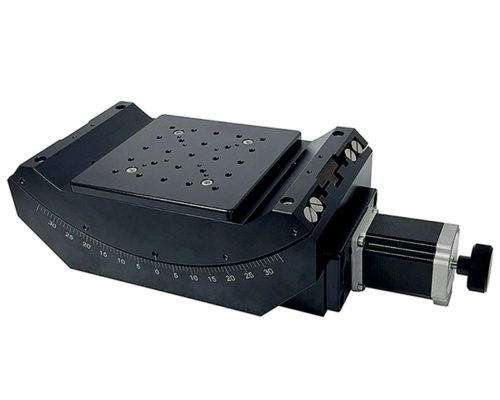Worm Gears
Precision Thread Rolling Process for High-Accuracy Lead Screws, Actuator Screws, and Power Transmission Components
The cylindrical die rolling process can produce helical, axial, and annular forms on shaft-like parts at high rates of speed with precision tolerances.
Read More













